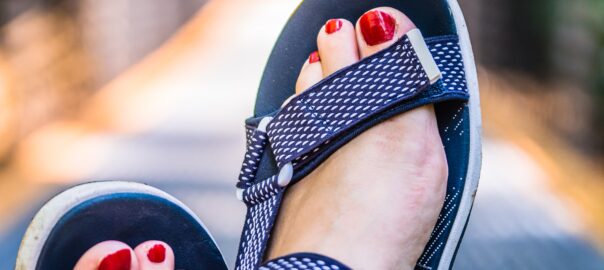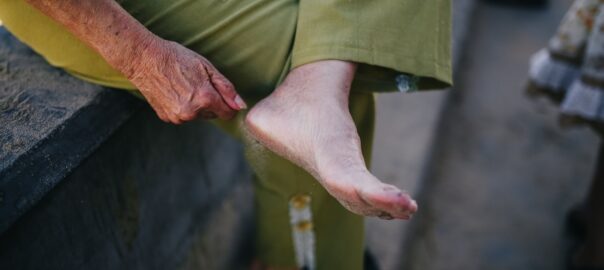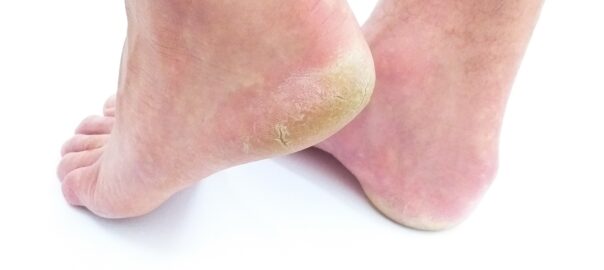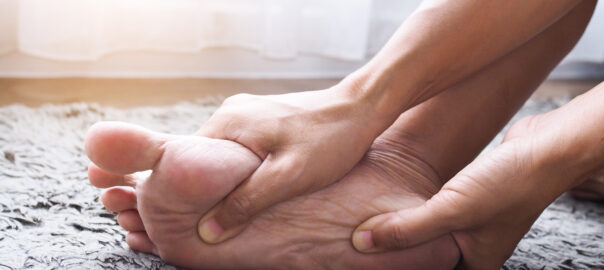Tips For Summer Foot Care
Taking care of your feet during the summer is essential for maintaining their health and preventing common issues like dryness, cracking, and infections. Here are some tips for summer foot care:
- Keep your feet clean: Wash your feet daily with mild soap and warm water to remove sweat, dirt, and bacteria. Make sure to dry them thoroughly, especially between the toes.
- Exfoliate regularly: Use a gentle foot scrub or a pumice stone to remove dead skin cells and keep your feet smooth. Pay attention to rough areas like heels and the balls of your feet.
- Moisturize: Apply a good quality foot cream or moisturizer after washing and exfoliating your feet. Look for products that contain ingredients like shea butter or urea to help hydrate and soften the skin.
- Wear proper footwear: Opt for open-toe or breathable shoes made of natural materials like leather or canvas. Avoid wearing tight, ill-fitting shoes as they can cause blisters and other foot problems. Make sure your shoes provide adequate support and cushioning.
- Protect your feet from the sun: Apply sunscreen to your feet, especially if they will be exposed to the sun for long periods. Don’t forget to cover the tops of your feet, toes, and ankles.
- Avoid walking barefoot in public areas: Walking barefoot increases the risk of picking up fungal infections or injuring your feet. Always wear flip-flops or sandals in public pools, locker rooms, and communal showers.
- Keep toenails trimmed: Regularly trim your toenails straight across to prevent ingrown nails. Avoid cutting them too short, as it can lead to painful conditions.
- Stay hydrated: Proper hydration is essential for overall skin health, including your feet. Drink plenty of water throughout the day to keep your skin hydrated.
- Take breaks and elevate your feet: If you spend long hours standing or walking, take breaks to rest your feet and elevate them to reduce swelling and improve circulation.
- Pay attention to any foot problems: If you notice any foot pain, swelling, or signs of infection, such as redness, warmth, or pus, consult a healthcare professional promptly. Early intervention can prevent minor issues from escalating into more serious conditions.
Call to schedule an appointment for any our Chicago podiatry offices: 773-205-0106
Lear more: https://europeanfootandankleclinic.com






